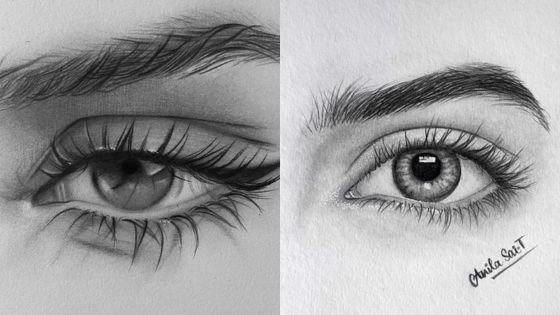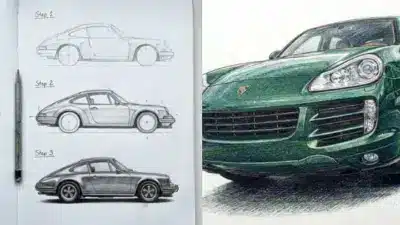Gesture drawing is a vital exercise for any artist. It helps to capture the essence of movement and improves overall drawing skills. By practicing gesture poses, artists can enhance their ability to depict energy and fluidity in their work.
Using a variety of gesture drawing poses allows artists to expand their creativity and technical proficiency. With tools like Quickposes and Line of Action, artists can access a wide range of images for practice. Whether beginners or experienced artists, everyone can benefit from regularly incorporating gesture drawing into their routine.
1) Dynamic Standing Pose
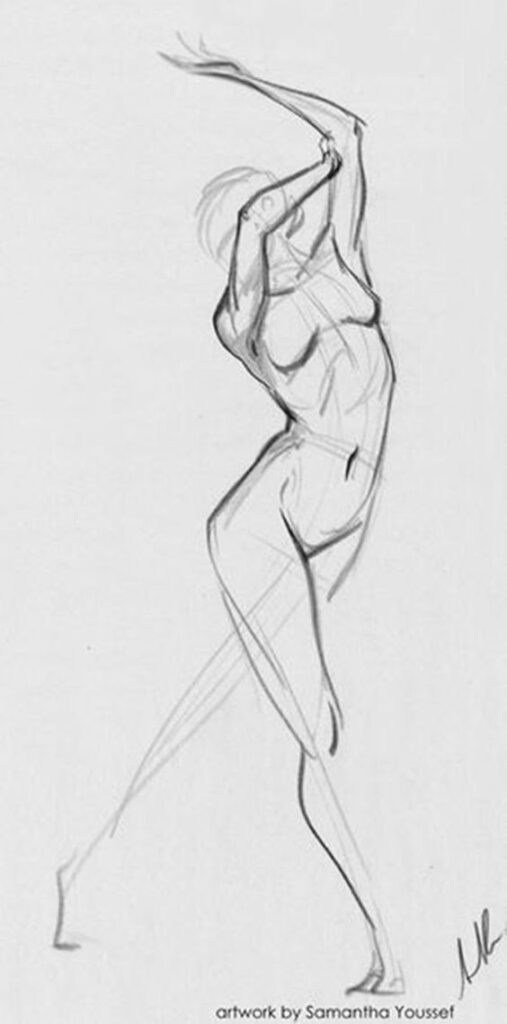
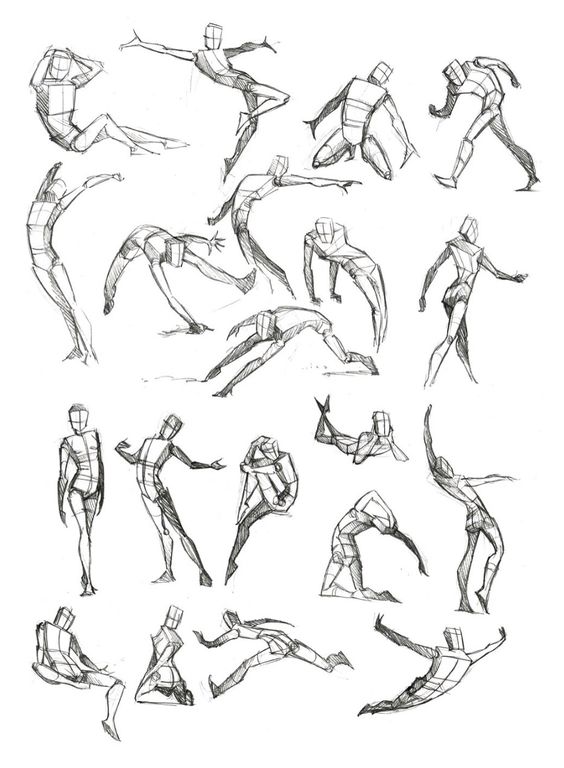
A dynamic standing pose captures the essence of movement and balance. Unlike a static pose, this one shows the figure ready to move or in mid-motion.
The basics of a dynamic standing pose involve a slight tilt of the hips and shoulders. This creates a sense of weight shift. The legs are often not parallel, with one leg bearing more weight.
Pay attention to the arms. They should not be stiff. Instead, they might hang loosely or position in a way that shows intention or action.
Gesture drawing is key here. It helps capture the flow and energy of the pose quickly and loosely.
To practice this, you can use tools like Quickposes, which provides timed practice for various gestures.
Videos like this one also show how to approach drawing a full standing figure dynamically.
Remember, the goal is to make the standing figure look natural and full of potential energy. This will make your characters appear more lifelike and engaging.
2) Leaping Action Pose
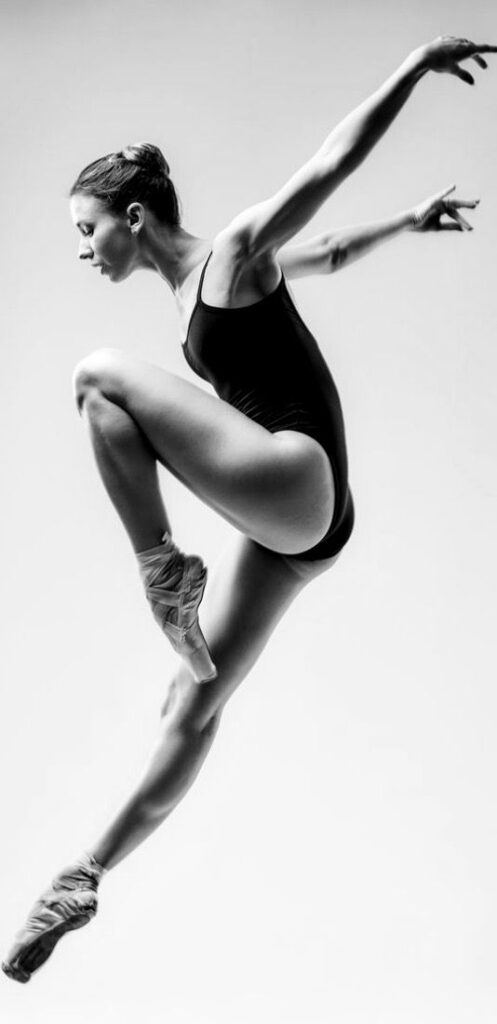
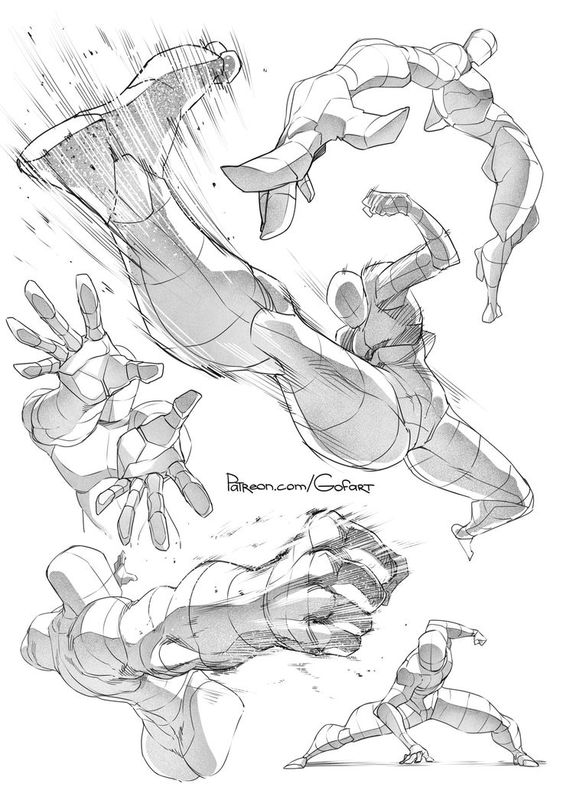
A leaping action pose captures the motion of someone in mid-air. It is filled with energy and movement. Start by sketching a basic stick figure to outline the pose. The arc of the leap is essential to show the dynamic nature of the movement.
Focus on the limbs. The arms and legs should appear either stretched or bent, depending on the leap type. Notice how the limbs either look relaxed or tense. This adds realism and flair to the drawing.
Pay attention to the body’s angle. The torso usually tilts to balance the momentum. The head can be looking forward or upward to enhance the sense of motion. This helps indicate the direction the figure is moving.
Adding details like flowing hair or loose clothing can enhance the effect. These elements should follow the direction of the leap, giving a sense of speed. Study real-life references or action photos for better accuracy.
For more tips, you can visit Bardot Brush on How to Draw a Leaping Pose. To see a visual guide, check out this YouTube tutorial.
3) Elegant Ballet Pose
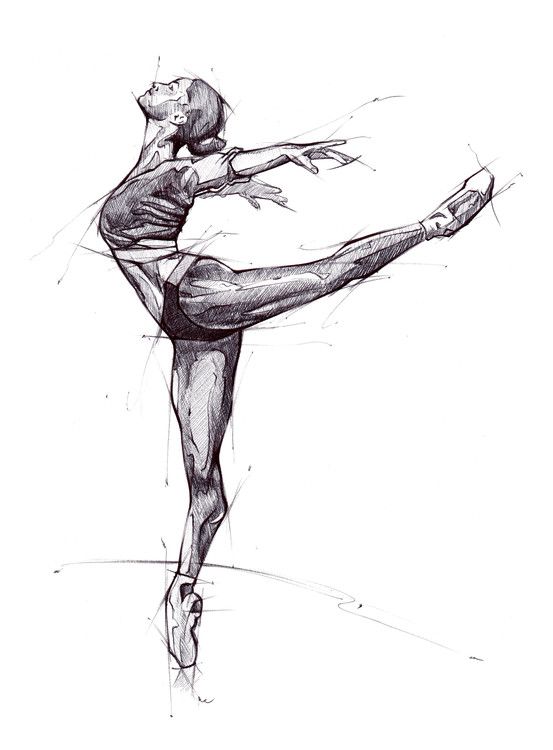
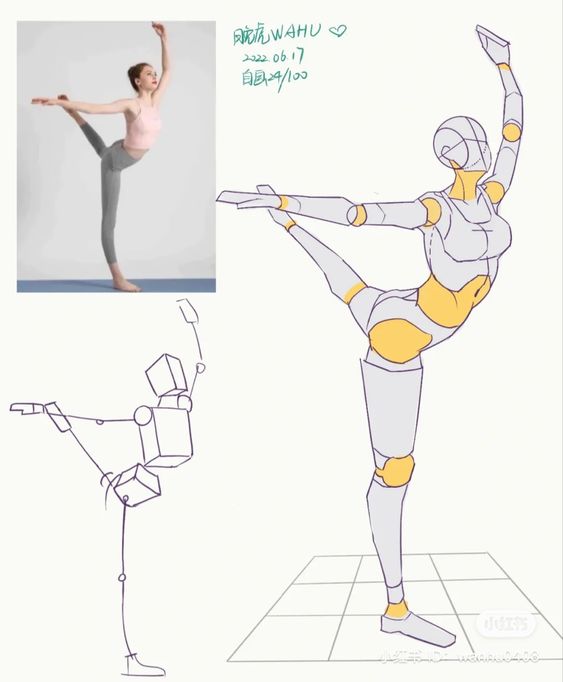
Ballet is known for its elegance and grace. One classic ballet pose is the arabesque. In this pose, the dancer stands on one leg while extending the other leg straight back. This creates a delicate and balanced look.
Another beautiful pose is the attitude. The dancer bends one leg at the knee and lifts it while keeping the other leg straight. This gives a dynamic and expressive feel.
Ballet poses often involve arm movements that add to the elegance. For instance, in the first position, the dancer’s arms form a rounded shape in front of the body. These arm poses complement the leg movements and enhance the overall visual appeal.
It is important to capture the fluidity and precision of these poses when drawing. The dancer’s posture and lines must be depicted accurately to reflect the poise and beauty of ballet. Using ballet pose references can be helpful for achieving this.
For those interested in intricate and varied ballet poses, exploring collections such as the Ballet poses Drawing Reference and Sketches can provide ample inspiration.
4) Reaching Forward Pose
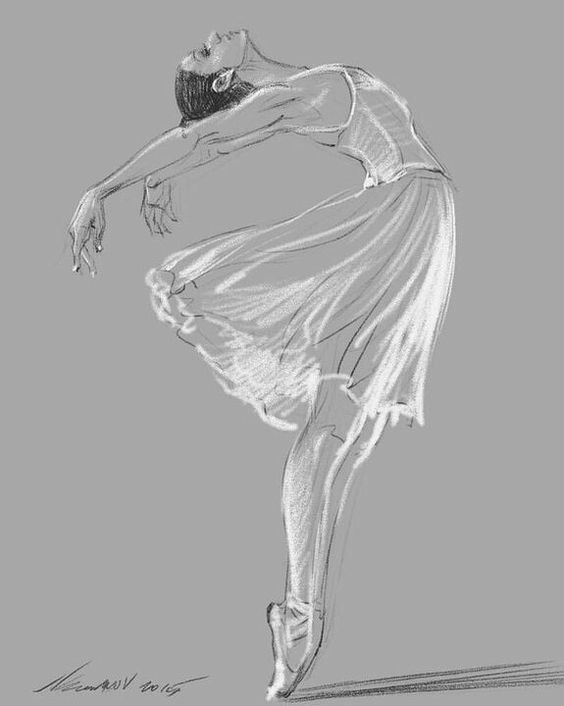
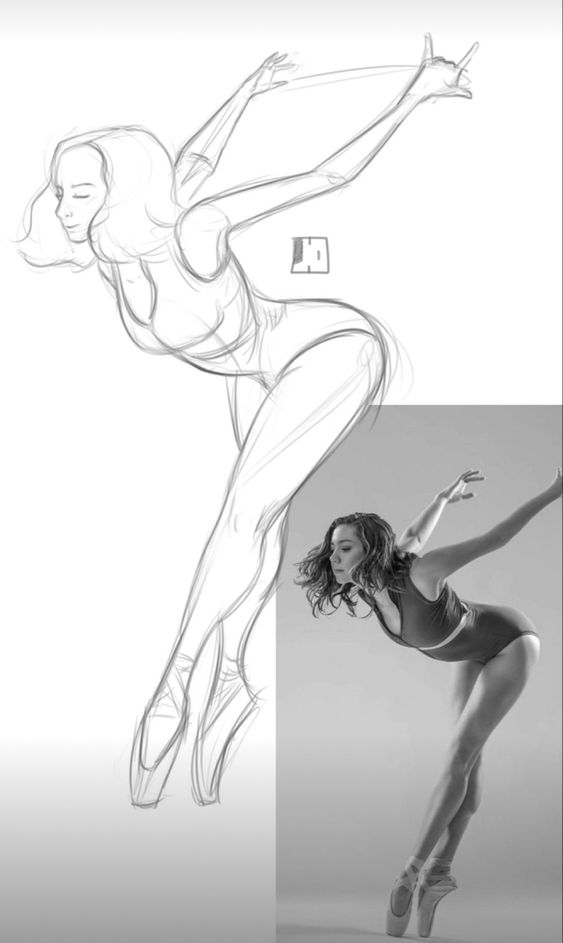
The Reaching Forward Pose is a dynamic gesture that’s excellent for artists to practice.
In this pose, the figure extends one or both arms forward, creating a sense of movement and intention. This can add depth and storytelling to a drawing.
When drawing this pose, pay close attention to the body’s balance. The extended arm shifts the body’s weight, creating a natural tension.
Notice the muscles and tendons in the arm and shoulder. They stretch and contract, adding complexity to the sketch.
The Reaching Forward Pose is often used in scenes depicting action or urgency. It’s a common pose in comics and graphic novels.
For practice, artists can find many pose references online. Websites like Quickposes offer timed gesture drawings, including various reaching poses.
Artists should also study the position of the torso and how it shifts with the arm extension. The twist of the torso adds a layer of realism.
The legs and feet play a crucial role in maintaining balance. Observe how they are positioned to support the forward-reaching action.
Photographic references, like those from PoseSpace, provide multiple angles to study this intricate pose.
Studying these elements will help artists capture the energy and dynamics of the Reaching Forward Pose effectively.
5) Crouching Tiger Pose
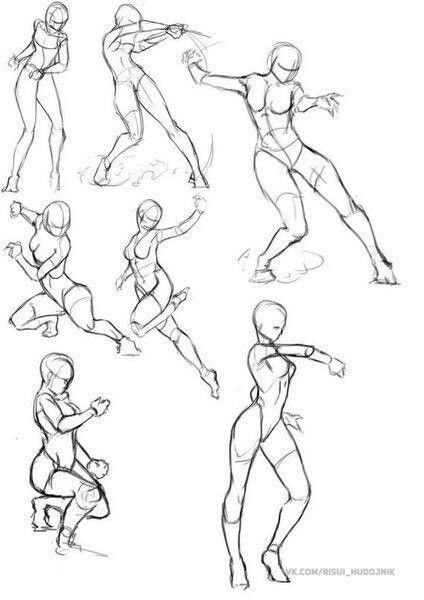
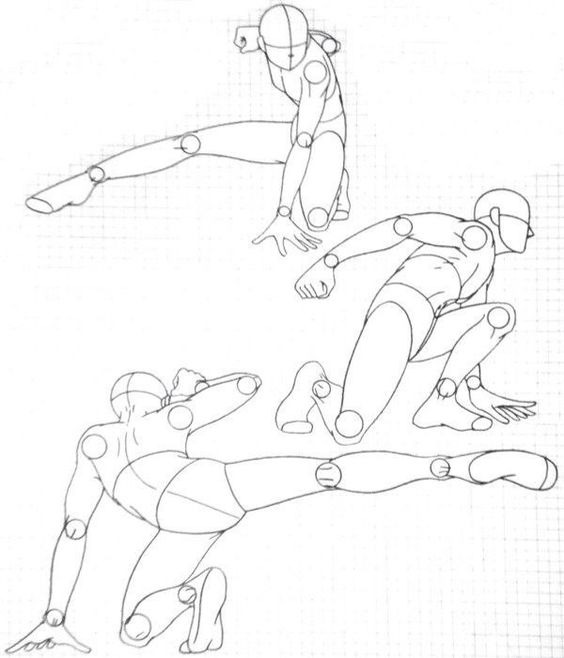
The Crouching Tiger Pose is a unique yoga stance. It’s known for combining balance with flexibility. This pose challenges different muscle groups at once.
Adam’s 2 Minute Series features a video that explains the steps for this pose. He emphasizes its benefits for building strength and coordination.
Inspiration for this pose comes from a tiger’s movements. Although it shares similarities with the classic Tiger Pose, it includes crouching elements for added difficulty.
The pose is a fantastic way to improve balance and core strength. Yoga practitioners often find it beneficial for stretching the spine.
For artists, the Crouching Tiger Pose provides excellent reference for dynamic drawings. Many platforms offer pose references for artists, enhancing their skills in capturing movement.
Performing the Crouching Tiger Pose regularly can lead to better posture and flexibility. It’s suitable for different skill levels, from beginners to advanced yogis.
To learn more about the traditional Tiger Pose and its variations, you can check out additional resources on yoga practices and benefits.
6) Sitting Cross-Legged Pose
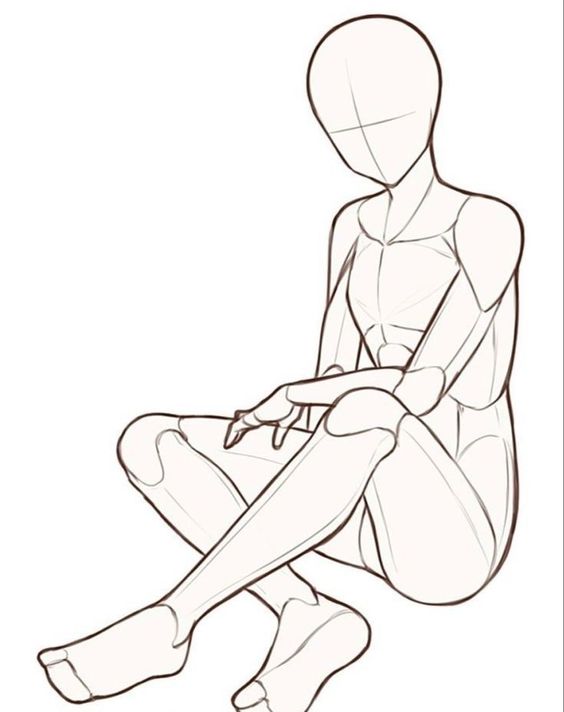
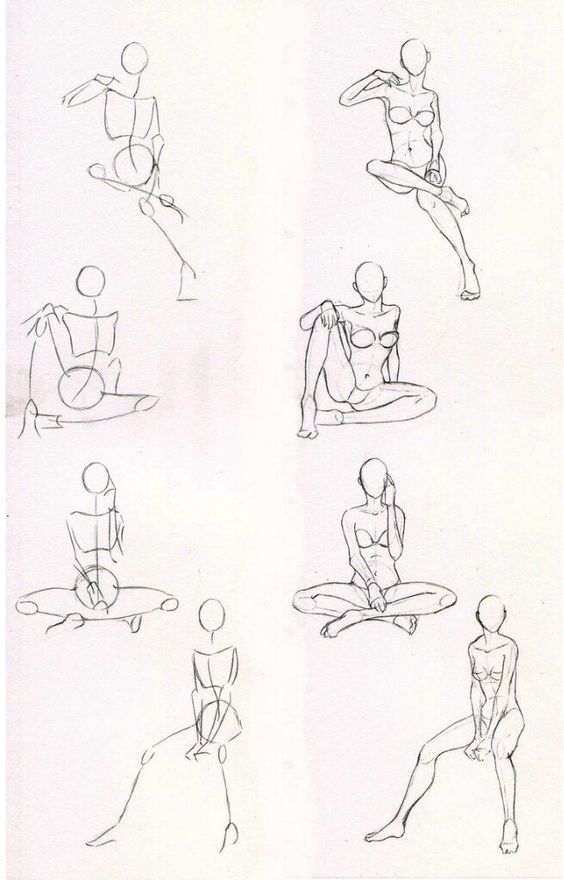
The sitting cross-legged pose is popular among artists for its simplicity and versatility. This pose provides an excellent opportunity to practice drawing the natural curves of the body.
Drawing a cross-legged figure can help improve understanding of balance and weight distribution. The pose creates interesting angles, especially in the legs and hips.
When sketching this pose, pay attention to the alignment of the spine. A straight spine will create a different feel compared to a relaxed or slouched posture.
Hands placement can vary in this pose. They might rest on the knees, in the lap, or on the ground. Each variation impacts the overall mood of the drawing.
Facial expressions in this pose can also add depth to the artwork. A calm face suggests relaxation, while a more concentrated look can indicate deep thought.
The sitting cross-legged pose can be used to suggest meditation, casual conversation, or simple rest. This versatility makes it a valuable addition to any artist’s repertoire.
For reference images of this pose, check out the sitting legs crossed pose on DeviantArt or explore resources on Pinterest.
7) Running in Motion Pose
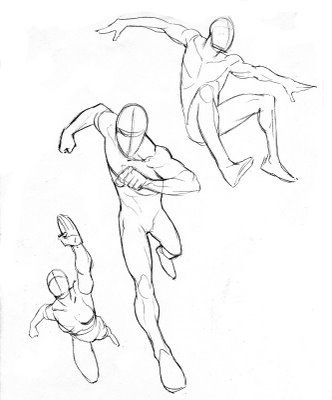
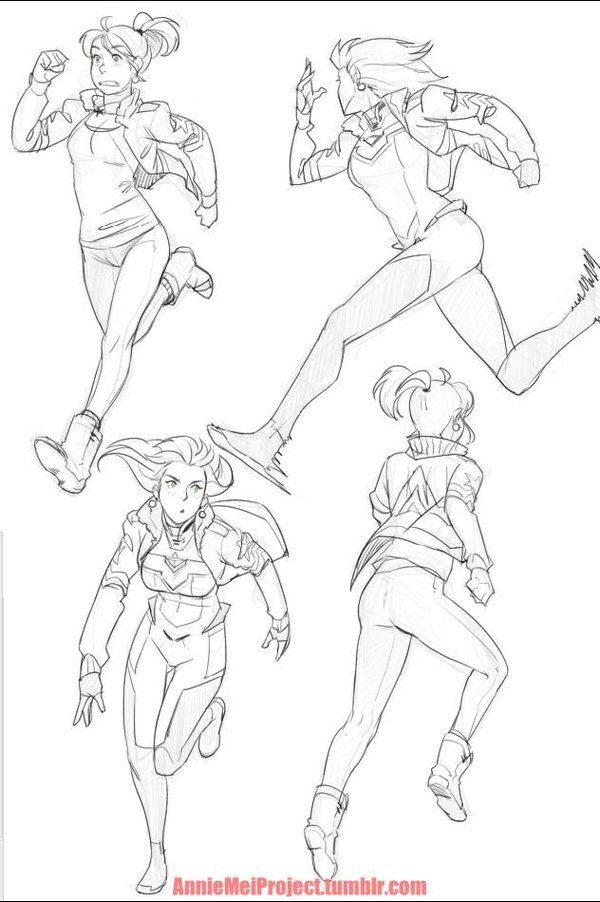
When drawing a running figure, start by capturing the dynamic energy of the pose. A running pose requires attention to how the body appears during movement. The legs should be in a stride, with one leg extended forward and the other bent backward.
The arms should swing in opposition to the legs. If the right leg is forward, the left arm should also be forward. This creates a balanced and natural look.
Observe how the torso and head lean slightly forward. This helps depict the momentum of running. Focus on the angles and curves that form due to the body’s movement.
Gesture drawing for running poses should be quick and fluid. Use long, sweeping lines to show the action. This technique helps in capturing the essence of the running motion faster.
Look for references to improve your accuracy. Websites like Quickposes offer timed gesture drawing tools that can help you practice. Another helpful resource is the Dynamic Pose Reference, which provides various running poses to study.
8) Expressive Hands Pose
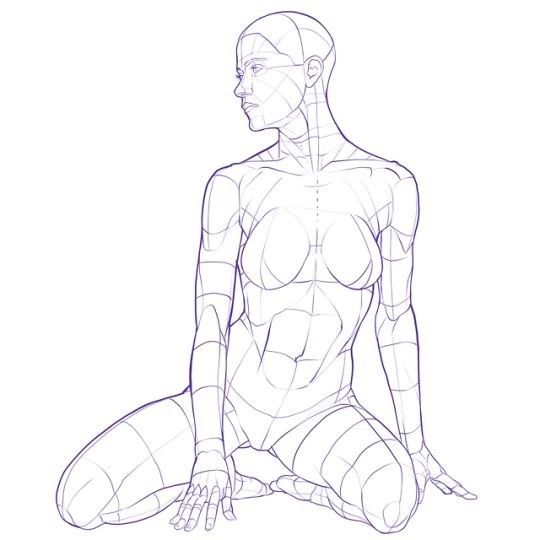
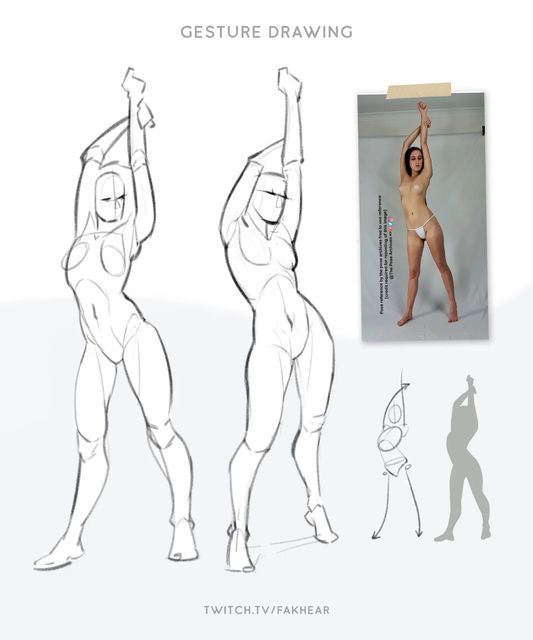
Hands play a crucial role in conveying emotions and actions in gesture drawing. They can show tension, relaxation, or intention with just a few strokes.
To start, focus on the basic shapes of the hand. Visualize the palm as a flat plane and the fingers as cylinders.
Next, pay attention to the angles and positions of each finger. Bent fingers can signal movement and direction.
Consider the thumb’s position. It often sets the tone of the hand’s expression. A tucked thumb shows tension, while an open thumb indicates relaxation.
For practice, try drawing hands in different poses. Use references or create poses from your imagination.
Experiment with various hand positions, such as holding objects, pointing, or making gestures. This will help develop a sense of versatility and expression.
Gesture drawing of hands can also be practiced with quick sketches. Set a timer for 20 or 40 seconds and capture the essence of the hand’s pose. This method is highlighted in a YouTube video on gesture drawing. It builds confidence and improves observation skills.
Adding expressive hands to your drawings will enhance the storytelling and emotional impact of your characters. By practicing these techniques, artists can achieve more dynamic and engaging poses.
9) Dramatic T-pose
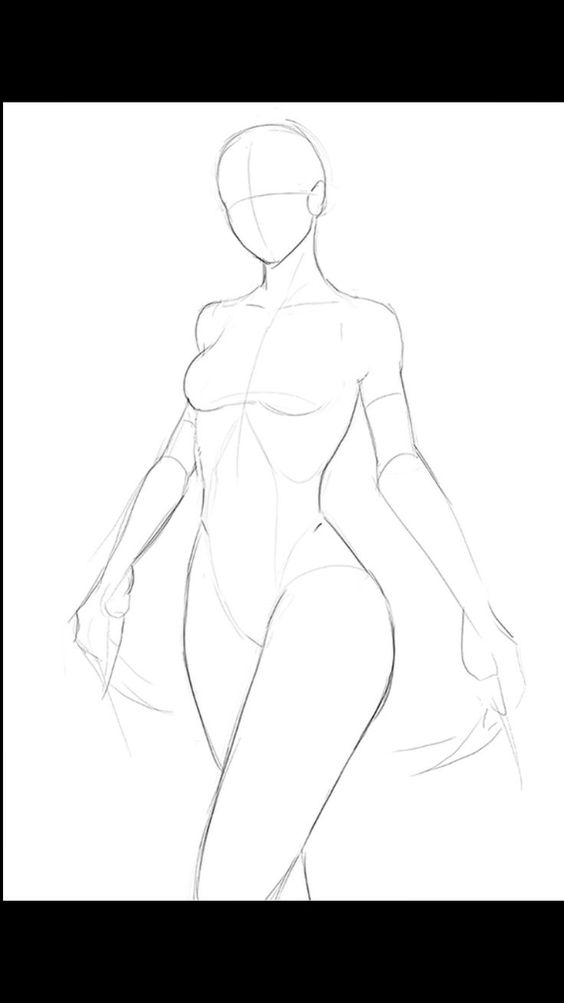
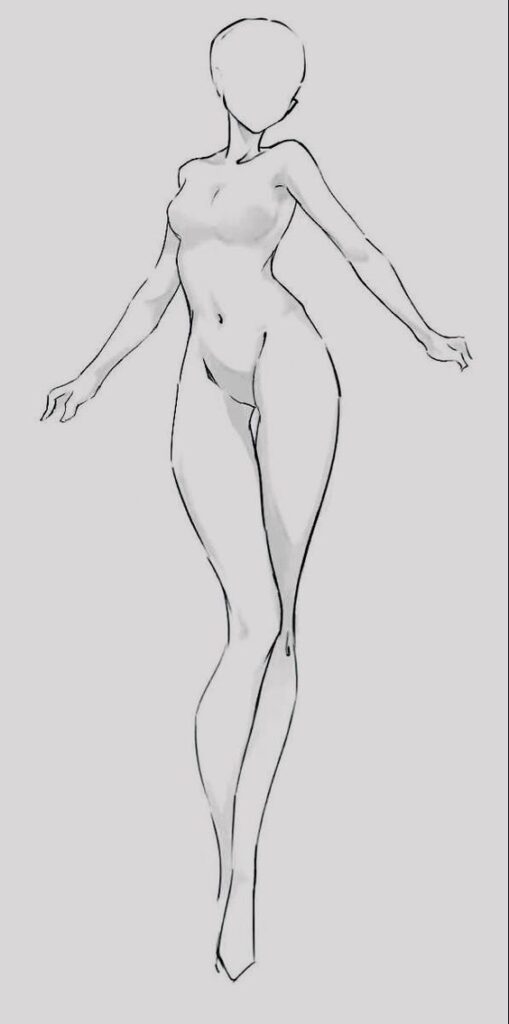
The dramatic T-pose is a versatile pose often used to convey strength and authority. Artists use this pose in comics, graphic novels, and animation. In this position, the model stands upright with arms extended horizontally, forming a “T” shape with the body.
Gesture drawing of a T-pose focuses on capturing the symmetry and balance of the pose. It’s crucial to pay attention to the alignment of the arms and shoulders. This ensures that the pose does not appear stiff or unnatural.
A dramatic T-pose can be more dynamic by slightly rotating the torso or tilting the head. This adds a sense of movement and life to the drawing, making it more engaging.
For inspiration, artists can visit PoseSpace which offers various references, including action and dramatic poses. These references can help in understanding the underlying anatomy and improving the overall gesture drawing technique.
Incorporating different angles and perspectives of the T-pose can expand the artist’s skill in capturing various viewpoints. This practice is particularly useful when working on complex compositions or character designs.
10) Warrior Stance Pose
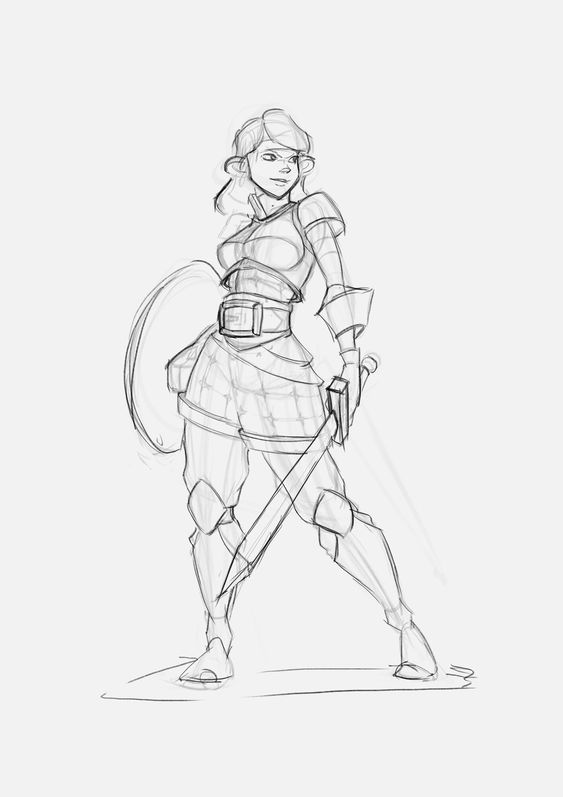

The warrior stance pose captures strength and readiness. This pose is often used in art to show a character’s determination and power. One leg is bent at the front while the other is stretched back, with the body leaned forward.
This pose is great for highlighting muscle definition and balance. It challenges the artist to focus on the tension in the body. The arms can be positioned in a fighting stance, holding weapons, or extended outward.
Artists can find many references to this pose. Websites like Pinterest have collections of warrior poses that are helpful for beginners and advanced artists. These references can provide different angles and variations.
Using a warrior pose reference pack from sources like Cubebrush can give a more detailed view. With hundreds of images, these packs capture various aspects of the stance. This allows artists to see how different body types and movements affect the pose.
Applying the warrior stance in gesture drawing helps improve an artist’s ability to depict dynamic motion and dramatic tension. By practicing this pose, artists can better convey stories and emotions through their characters.
11) Twisted Torso Pose
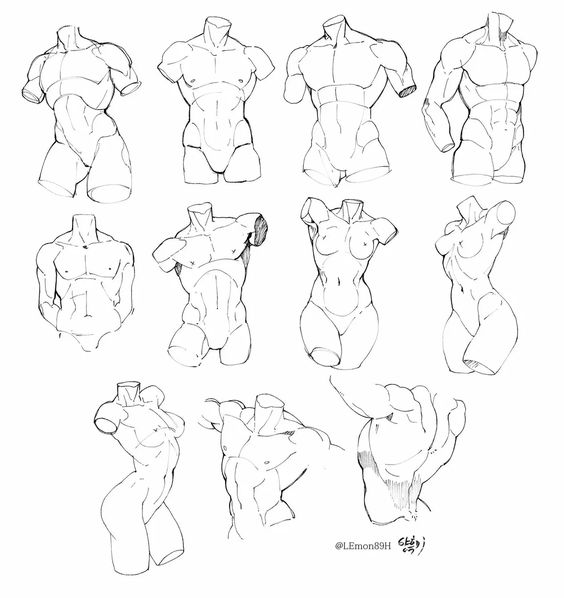
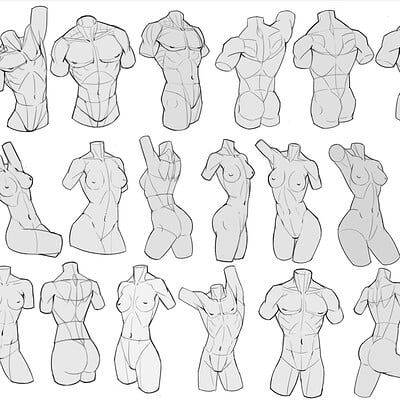
The twisted torso pose is a dynamic gesture often used by artists to showcase movement and tension in the body. This pose involves twisting the upper body while keeping the hips and legs in a different direction.
Artists find this pose challenging due to the complex interplay of muscles and foreshortening. It’s crucial to observe the natural curves and shadows that appear when the torso twists.
Using references can be very helpful. Twisting Torso Reference images provide inspiring angles and poses to practice.
Gesture drawing tools like Quickposes can assist in practicing this pose with timed sessions. This helps in capturing the essence of the twist quickly and effectively.
12) Gesture with Flowing Scarf
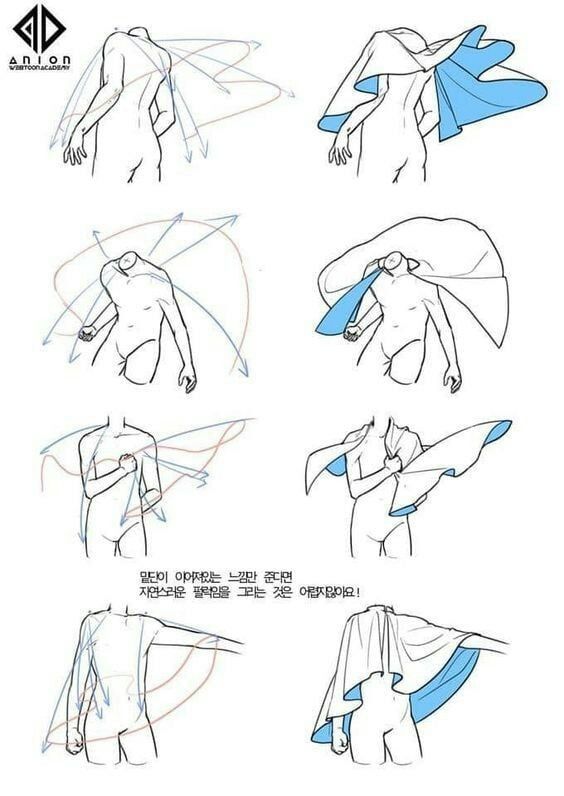
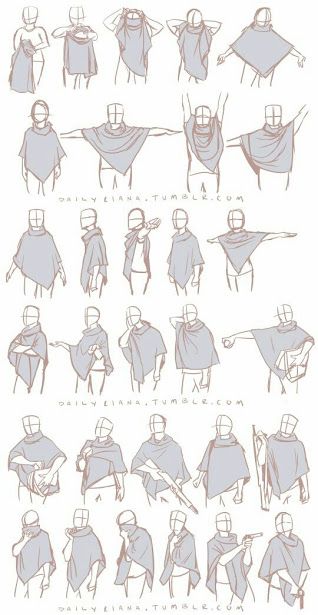
A gesture drawing with a flowing scarf can add movement and grace to the sketch. The scarf can trail behind the figure, showing the direction of motion. This helps emphasize the line of action in the drawing.
The scarf can wrap around the figure in various ways. It can accentuate the curves and bends of the body. Incorporating the scarf in different positions can make the sketch more dynamic.
Practicing gesture drawing with a scarf can improve understanding of fabric behavior. It teaches how to depict soft materials in motion. Using references can be helpful, such as in Gesture Sketching 101 with 20 practice poses.
Experiment with short and long scarves. Different lengths create different effects. A short scarf might flutter lightly, while a long one can spiral around the figure, adding complexity to the gesture.
Gesture poses with flowing scarves are often seen in dance or fashion sketches. These poses can bring elegance to the art. Observing real-life scenarios or using online practice tools like Gesture Drawing Practice can enhance skills further.
Adding props like scarves in gesture drawing can make the practice more engaging. It pushes the artist to think about more than just the figure. It includes the interaction between the figure and the prop, which can lead to richer drawings.
13) Yoga Stretch Pose
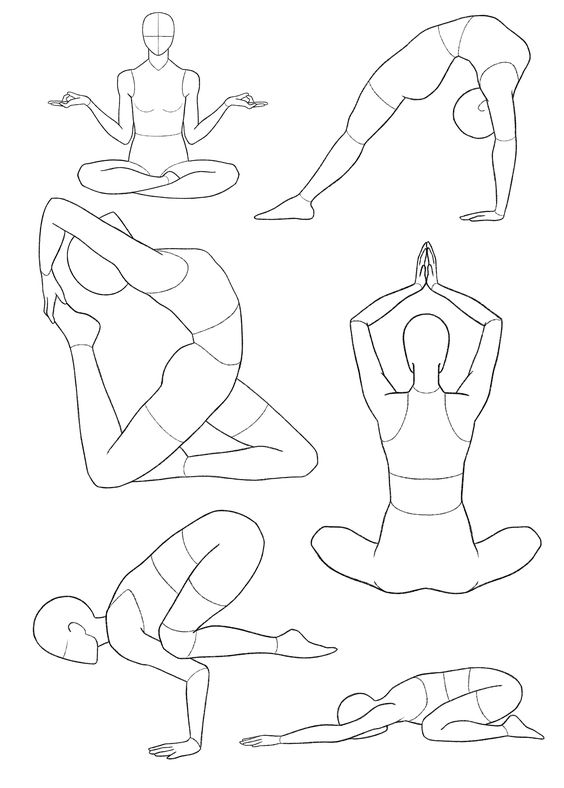
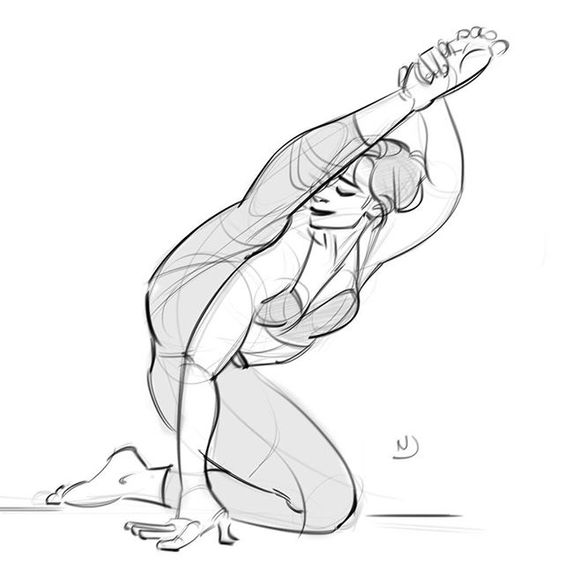
The Yoga Stretch Pose is a fundamental pose in yoga practice. It helps in stretching various muscle groups and promoting flexibility.
To start, one needs to stand tall with feet together. The arms should be raised above the head with palms facing each other. This ensures a full extension of the body.
Engaging the core is important as it provides stability. As you inhale, lengthen the spine and reach upward. Exhaling deeply, gently bend forward, trying to touch the toes.
This exercise not only stretches the spine but also the hamstrings. It is especially beneficial for releasing tension in the neck and shoulders.
For beginners, it may be helpful to bend the knees slightly. Advanced practitioners can aim for a deeper stretch by keeping the legs straight. Consistent practice of this pose can improve overall posture and flexibility.
For more detailed steps, refer to this easy yoga pose tutorial which offers a step-by-step guide.
14) Gesture with Sword
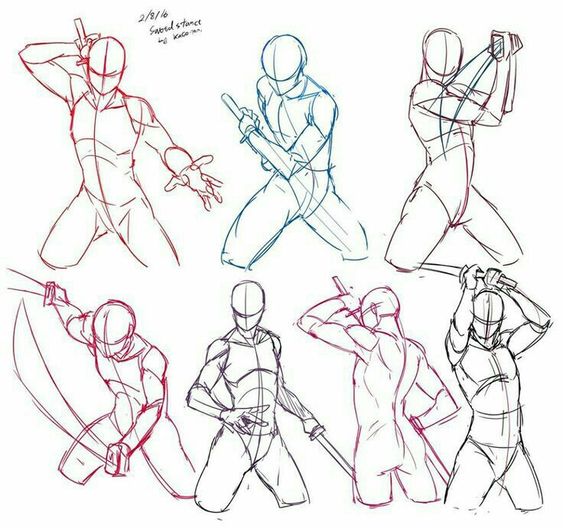
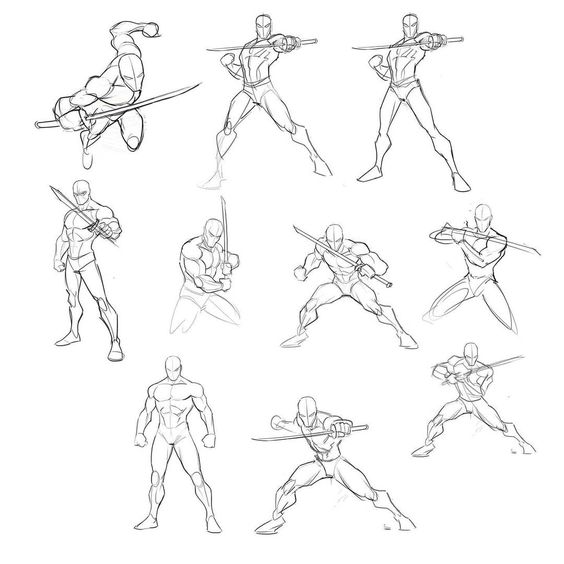
Gesture drawing with a sword pose can be both challenging and exciting. It captures dynamic movement and helps in understanding the fluidity of human forms in action. Sword poses often focus on balance, tension, and the interaction between the body and the weapon.
Swords add an element of drama and history to gesture drawings. Artists can explore stances like ready-to-strike, defensive, or mid-swing positions. These poses require careful attention to proportions and angles.
For practice, videos such as Figure Drawing Poses offer timed sessions with varied sword poses. These provide a structured way to improve speed and accuracy in capturing movement. Another useful resource is Gesture Sketching 101, which includes multiple practice poses.
Websites like Quickposes offer timed sessions for gesture drawing, including sword poses. This helps artists develop the ability to draw quickly and efficiently with time constraints. It’s important to practice regularly to improve gesture drawing skills.
15) Holding Object Pose
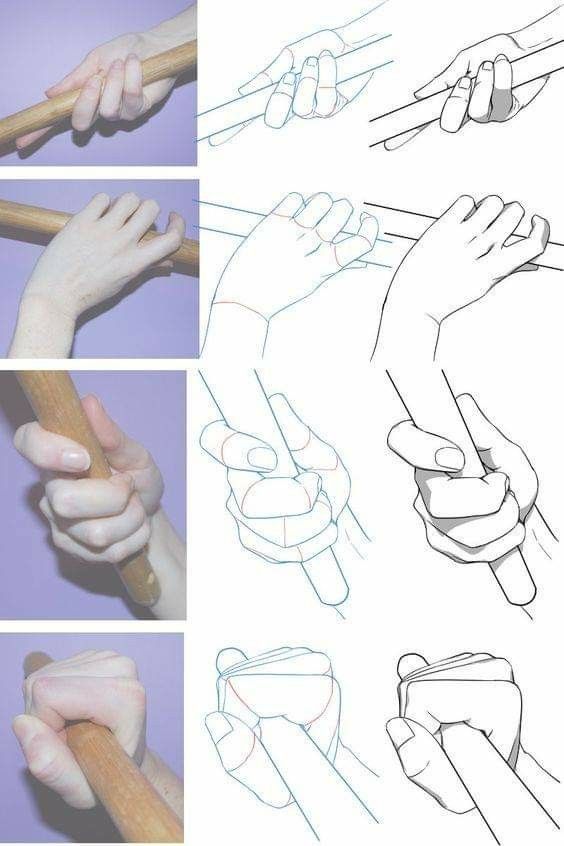
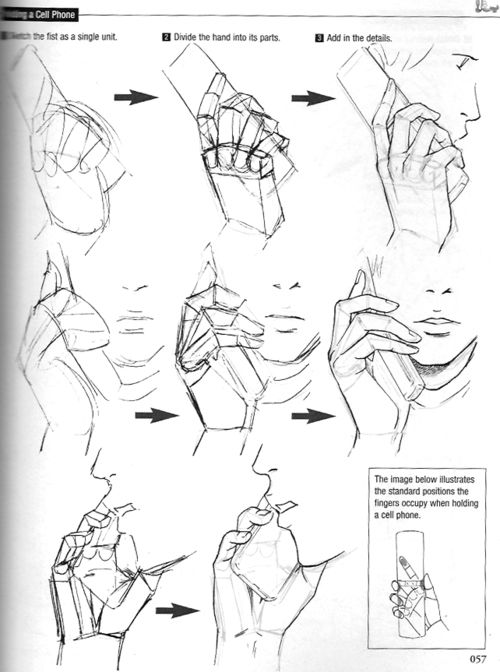
The holding object pose is a useful gesture for artists to practice. It captures how a person interacts with various items, whether heavy or light.
Artists can depict characters holding everyday items like books, bags, or tools. This exercise helps improve the depiction of weight and balance.
When drawing this pose, notice how fingers and hands wrap around objects. Observe the changes in body posture, with slight tilts or shifts in weight to accommodate the object being held.
Different objects lead to varying hand positions and grips. For instance, holding a delicate flower differs from gripping a heavy hammer.
Gesture drawing websites like Quickposes and AdorkaStock offer a variety of references.
Sketch Daily also provides useful images for this type of pose. By practicing frequently, artists can build a strong visual library and improve their skill in portraying realistic interactions.
16) Jumping Jack Pose
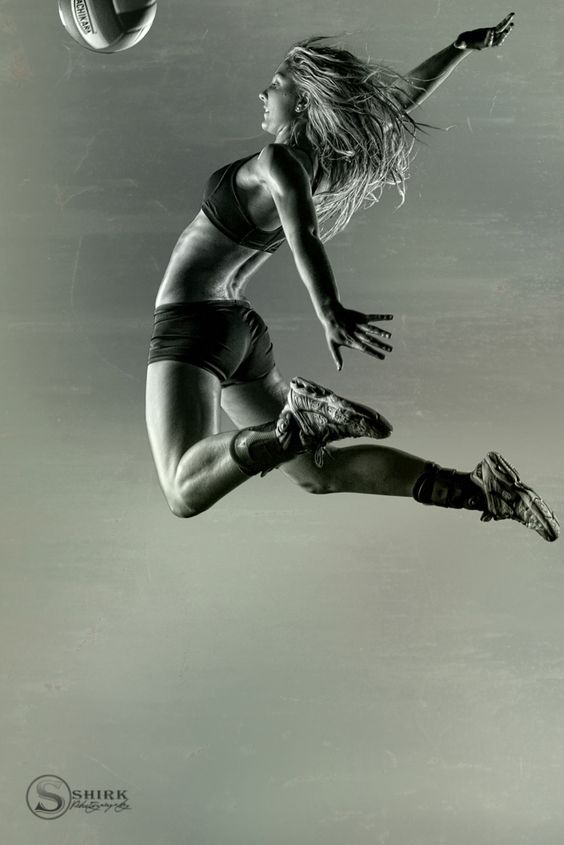
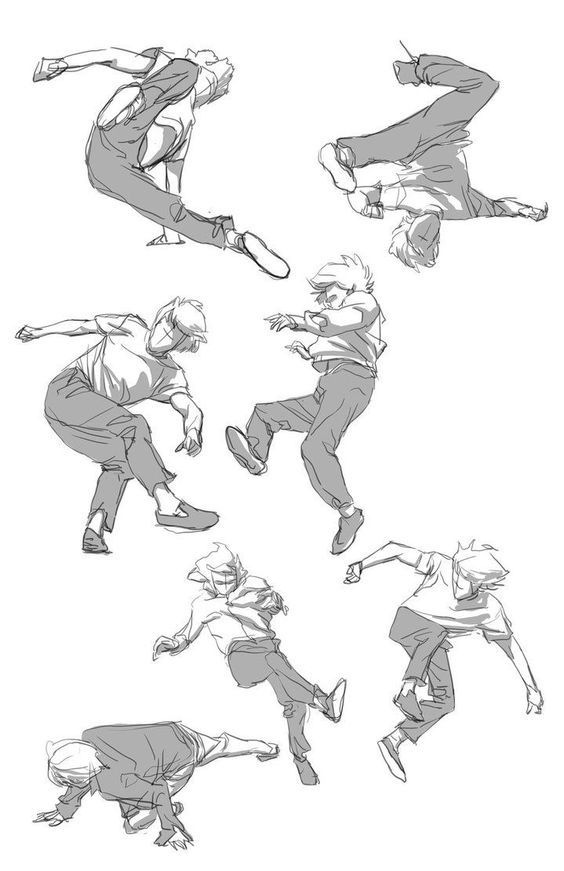
The Jumping Jack pose is an essential gesture drawing pose that captures a figure in mid-action.
This pose shows the figure with arms and legs spread wide, simulating the motion of a jumping jack exercise. It helps artists learn about balance, movement, and the dynamics of the human body.
Practicing the Jumping Jack pose can improve your skill in drawing lively and energetic figures. It emphasizes understanding how muscles stretch and contract during movement.
For reference images and practice, you can visit websites like Croquis Cafe or SketchDaily. These platforms offer a variety of poses, including ones similar to the Jumping Jack, to enhance your gesture drawing skills.
Using quick, flowing lines, focus on the overall movement and structure of the pose before adding details. Start with simple sketches to capture the form, then refine the lines and add more intricate elements.
17) Curled Up Pose
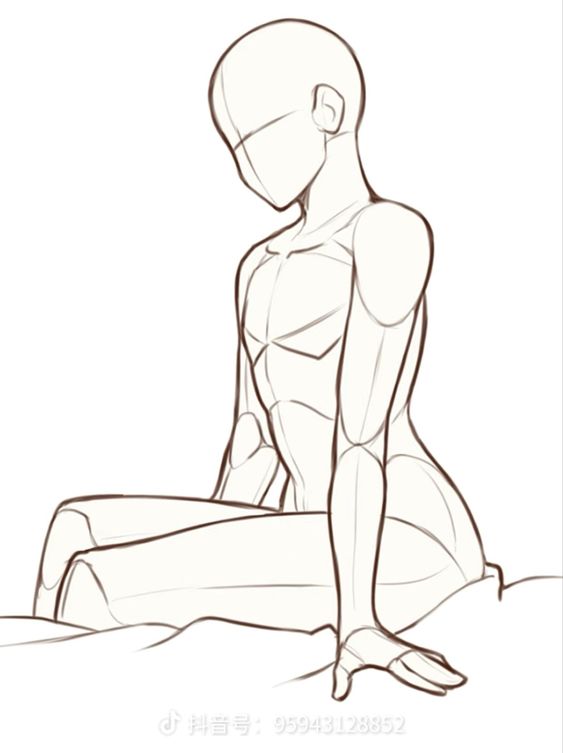
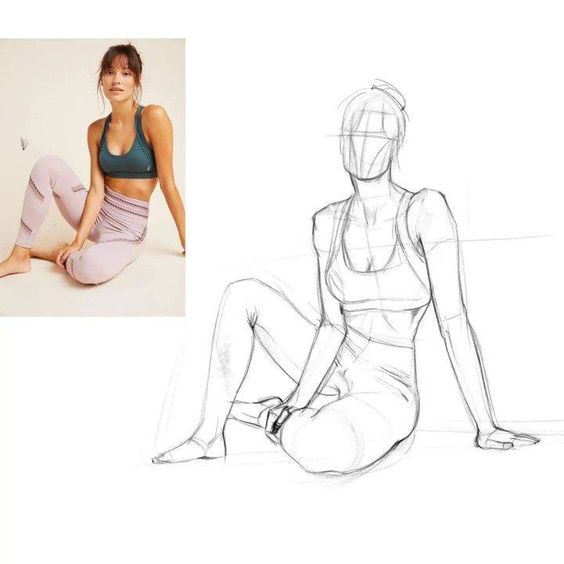
The curled up pose is a popular drawing pose that conveys a sense of comfort and tranquility. It shows the subject in a compact, often fetal, position. This pose can be used to express emotions like sadness, tiredness, or calmness.
Artists use the curled up pose to add depth and emotion to their artwork. It helps to depict a moment of vulnerability or relaxation, making the character more relatable.
To create a convincing curled up pose, pay attention to the curves and contours of the body. Notice how the limbs fold in and how the head often tucks towards the knees or chest. This compact form can be seen in various settings, such as someone sleeping or in a moment of introspection.
Different perspectives can add variety to this pose. Viewing the pose from above can highlight the curvature of the spine and the angles of the limbs, like in this Curled Up Pose Reference from DeviantArt.
Using reference materials can enhance the quality of your drawing. Websites like Pinterest offer a range of curated poses to inspire your artwork. Whether the subject is alone or part of a larger composition, the curled up pose is versatile and impactful in gesture drawing.
18) Suspended Mid-air Pose
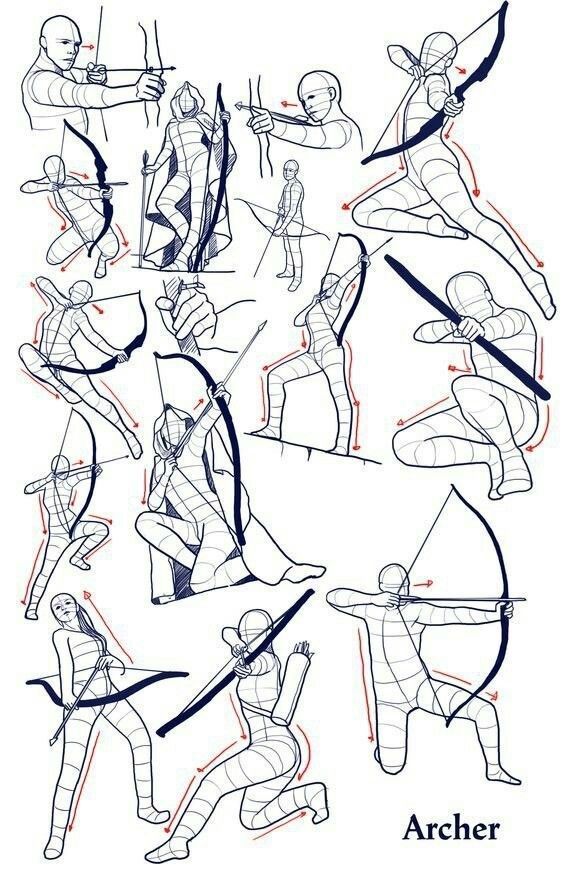
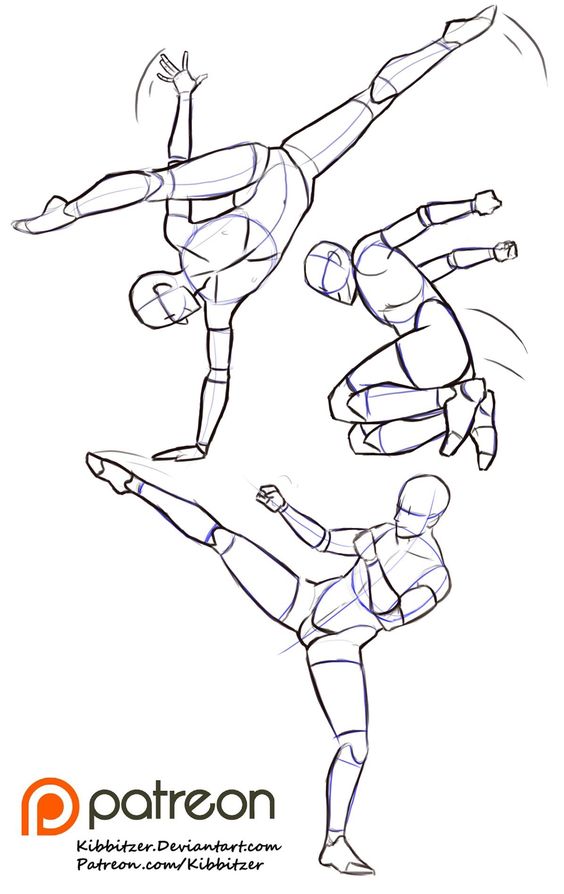
A suspended mid-air pose captures movement and energy. These poses may show a character in mid-jump, flying, or even falling. Drawing them can help artists convey dynamism and fluidity in their work.
When attempting these poses, focus on weight distribution and balance. The limbs and body often stretch or bend, creating tension and motion. This helps in making the figure appear like they are truly suspended.
Artists can use references from dynamic mid-air poses to practice. Analyze the angles and positions of the body parts. Try capturing the essence of the pose within a set time limit.
Using tools such as Quickposes, artists can select various mid-air images and set timers. This method helps improve speed and accuracy in capturing the key gestures and forms.
Including mid-air poses in your repertoire adds variety and excitement to your drawings. It challenges you to think about gravity, momentum, and how they influence a figure’s body language and expression.
19) Gesture with Long Hair
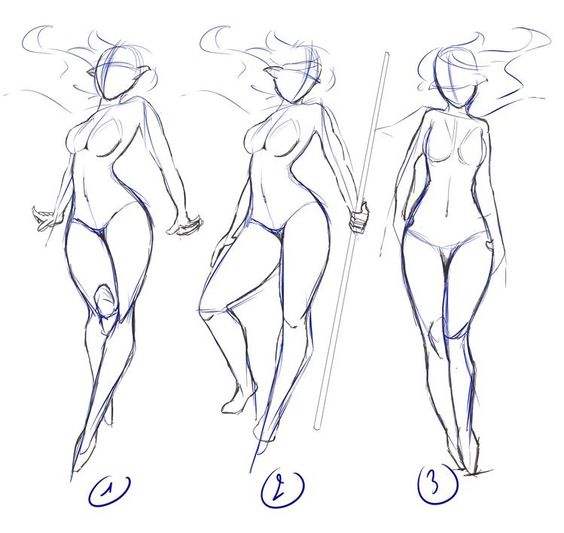
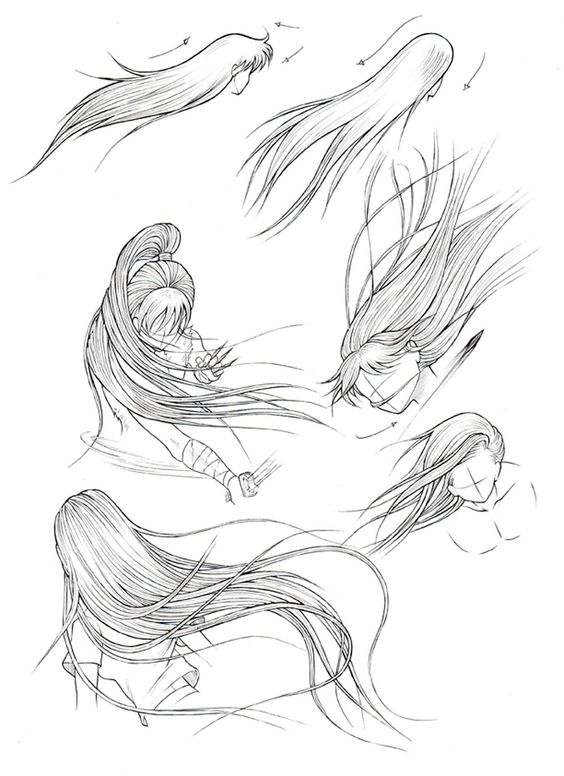
Gesture drawing with long hair adds a unique dynamic to the poses. The flowing lines created by the hair can emphasize the movement and direction in the sketch. By capturing the way long hair drapes, artists can add more fluidity to their drawings.
When sketching long hair, focus on its overall shape rather than getting caught up in details. Use broad, sweeping lines to represent its motion. This helps in building a more expressive pose.
Long hair can also indicate the weight and balance of the figure. Notice how it interacts with the body and environment. If the figure is turning or bending, the hair’s direction will change accordingly.
Observing the different textures and thicknesses of hair is also crucial. Straight hair might fall in smooth lines, while curly hair can create more complex patterns. This diversity can make each gesture drawing unique.
For additional resources, the video on gesture sketching provides timed poses that can include models with long hair. Practicing with these can help improve capturing hair movement and fluidity.
20) Overhead Stretch Pose
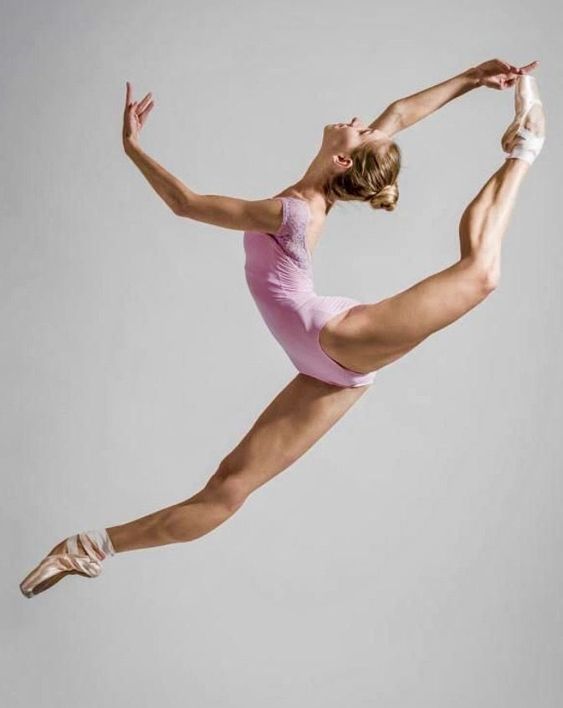
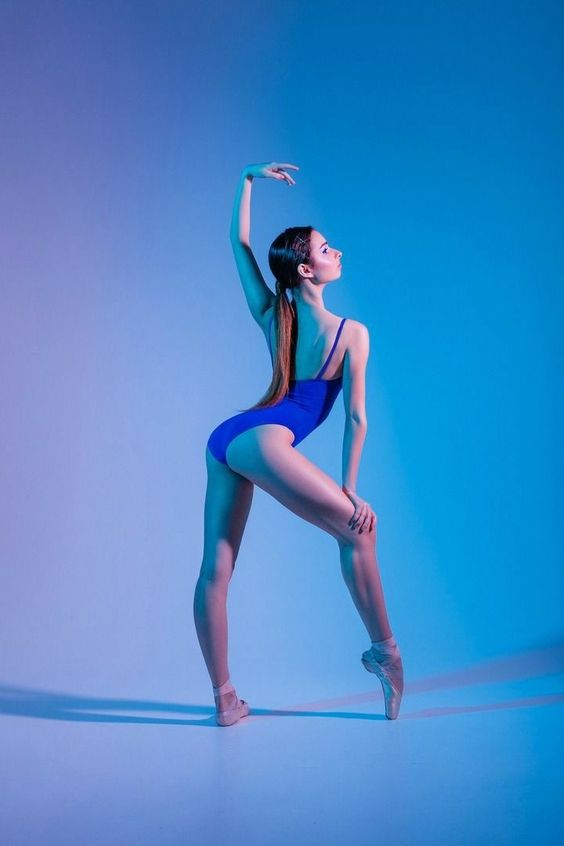
The overhead stretch pose is a great gesture for artists to practice. It involves the model standing with both arms raised above their head.
This pose emphasizes elongation and the flow of the body. The stretched arms create dynamic lines, and the pose challenges artists to capture the extended form.
From a side view, the curve of the spine is more visible. It adds depth to the drawing. From the front or back, it’s crucial to observe how the limbs align and the muscles engage.
For resources to practice this pose, check out Quickposes for timed sessions. Another excellent tool is Line of Action, which offers various gesture basics.
Using a tool like Quickposes allows artists to time their drawings, helping them focus on capturing the essence of the pose quickly. Employing these tools can significantly improve one’s gesture drawing skills.
Understanding Gesture Drawing
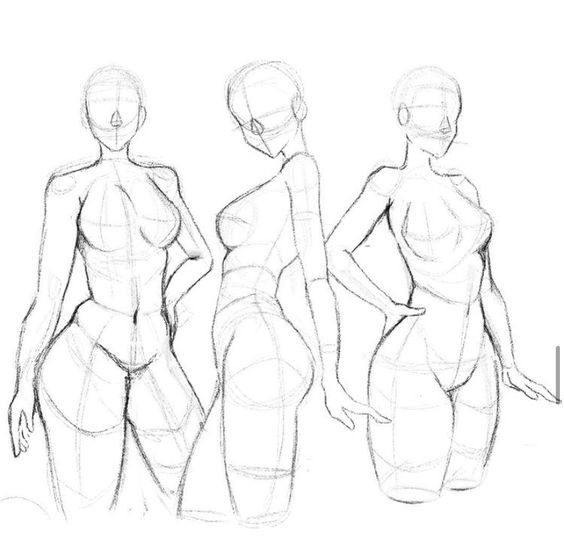
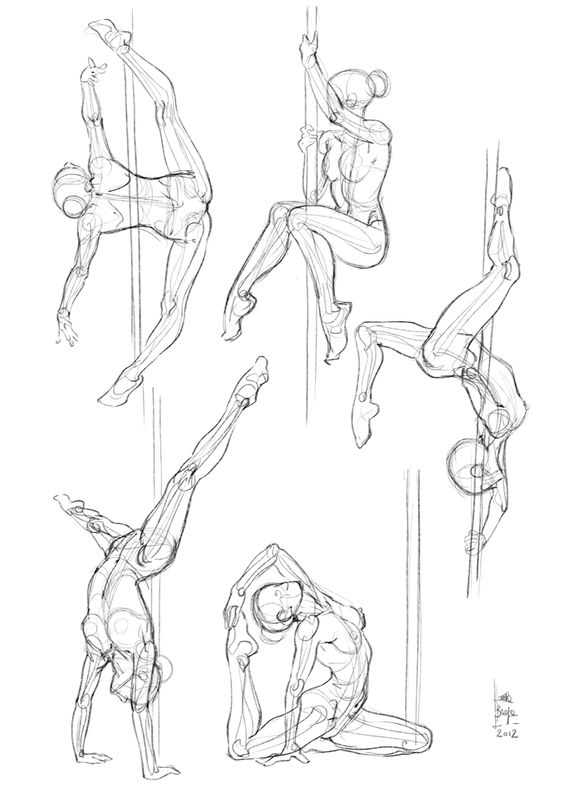
Gesture drawing is an artistic technique used to capture the essence and movement of a subject. It focuses on the overall form and dynamic motion rather than detailed accuracy.
What is Gesture Drawing?
Gesture drawing is a method where artists quickly sketch the pose and movement of a subject. This approach emphasizes capturing the action, rhythm, and flow of the figure. It’s not about precise details but rather the overall shape and motion.
Artists often use this technique to warm up and to improve their ability to observe and render dynamic subjects. This technique typically involves sketching from live models or photographs in short timed sessions, often ranging from 20 seconds to a few minutes. For more detailed insight, refer to this Gesture Drawing Guide.
History of Gesture Drawing
Gesture drawing has roots in classical art training, where artists aimed to quickly capture the essence of the human form. In the 20th century, it became prominent through the teaching methods of art instructors like Kimon Nicolaïdes.
Nicolaïdes emphasized learning through action and experience, promoting quick, expressive sketches to understand form and movement. His influence helped gesture drawing become a standard practice in art education. Today, it remains fundamental for artists aiming to improve their drawing skills and ability to convey dynamic poses. Learn more about the evolution of this technique at Draw Paint Academy.
Techniques for Effective Gesture Drawing
To master gesture drawing, focus on quick sketching techniques and the ability to capture motion and emotion in your subjects. These methods will help create dynamic and expressive artwork.
Quick Sketching
Quick sketching is essential in gesture drawing. Artists typically spend 20 to 40 seconds per pose. This helps capture the essence of the figure without getting bogged down in details.
Using curved lines over straight ones can be more effective for illustrating the human form. For instance, consider how an arm curves with its pose rather than drawing it with straight lines. This technique emphasizes the action and movement of the subject.
Starting with simple shapes like ovals for the head allows you to focus on the overall pose rather than specific details.
Capturing Motion and Emotion
Capturing motion and emotion is key to effective gesture drawing. This involves observing the pose and movement of the subject. Focus on the lines that follow the natural curves of the body.
You can use C and S shapes to represent these curves. For example, the curve from the head to the torso or from the pelvis to the feet can be highlighted with a C or S shape.
It’s important to convey the model’s actions and emotions. Look at where the model’s chin is pointing or where their gaze is directed. This helps not only in capturing the right angle but also in adding emotive content to the drawing, making it more engaging and lifelike. Learn more.
Benefits of Gesture Drawing
Gesture drawing offers various advantages, including improving artistic skills and enhancing understanding of human anatomy. These benefits are key for artists looking to refine their craft and represent the human figure more accurately and expressively.
Improving Artistic Skills
Gesture drawing can significantly boost an artist’s observational abilities. By focusing on the entire figure rather than details, an artist learns to see the bigger picture. This training helps in capturing a subject’s pose and movement swiftly and expressively.
Quick sketches aid in building confidence, allowing artists to develop a more fluid and dynamic line quality. The process of repeatedly drawing gestures improves hand-eye coordination, fostering a stronger connection between what the artist sees and what they draw. Artists who practice gesture drawing often find it easier to create more energetic and lively works.
Additionally, gesture drawing serves as an effective warm-up exercise. Before diving into detailed work, artists can loosen up and engage their creativity with quick gestures.
Enhanced Understanding of Human Anatomy
Gesture drawing is vital for mastering human anatomy. It allows artists to focus on how the body moves and interacts with itself. This practice leads to a deeper understanding of movement, balance, and weight distribution in different poses.
By frequently practicing gesture drawings, artists develop a keen sense of proportion and anatomy. This skill is essential for creating drawings that are both accurate and expressive. Understanding the structure of the human body helps artists draw more convincingly from memory and improve their ability to design characters and figures.
For artists aspiring to improve their anatomical knowledge, gesture drawing is an invaluable tool. Sites like Fine Art Tutorials provide resources to get started with this essential practice.
Frequently Asked Questions
This section addresses common questions about improving gesture drawing techniques, the best tools for practice, and where to find reference materials.
How can I improve my technique in gesture drawing?
To enhance your technique, focus on drawing quickly and capturing the essence of the pose. Practicing regularly with various poses like a Dynamic Standing Pose or Leaping Action Pose is essential.
What are the best tools for practicing timed gesture drawings?
For timed gesture drawing, use a simple pencil or pen and paper. Digital tools like a drawing tablet can also be helpful. Setting timers for poses ranging from 1-2 minutes sharpens your ability to capture the movement and form quickly.
Can you suggest effective ways to use a gesture drawing generator for practice?
Utilize a gesture drawing generator to access timed poses and diverse figure studies. This method allows you to practice efficiently and can also help in improving speed and capturing the essence of various poses.
Where can I find a diverse collection of gesture drawing references?
Sites like Dynamic Muse offer extensive archives with thousands of gesture references. These collections cater to artists looking for varied poses, from the grace of dancers to the versatility of actors.
How do professionals incorporate gesture drawing into their daily practice?
Professionals often start their day with gesture drawing warm-ups to keep their skills sharp. They may use short, timed poses to quickly sketch forms, ensuring they can capture movement and energy in their more detailed work.
Which artists should I study for excellent examples of gesture drawings?
Study the works of artists like Glenn Vilppu and Mike Mattesi. Their examples offer insights into capturing dynamic movement and the fluidity of the human form, essential for mastering gesture drawing.
- 39.3Kshares
- Facebook0
- Pinterest39.3K
- Twitter0
- Reddit0
